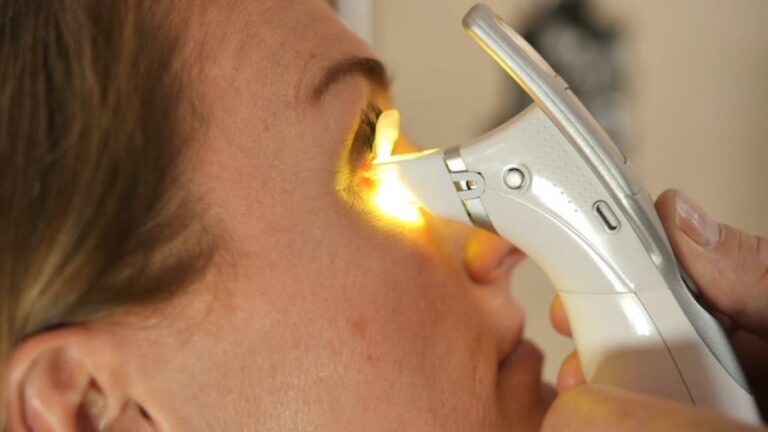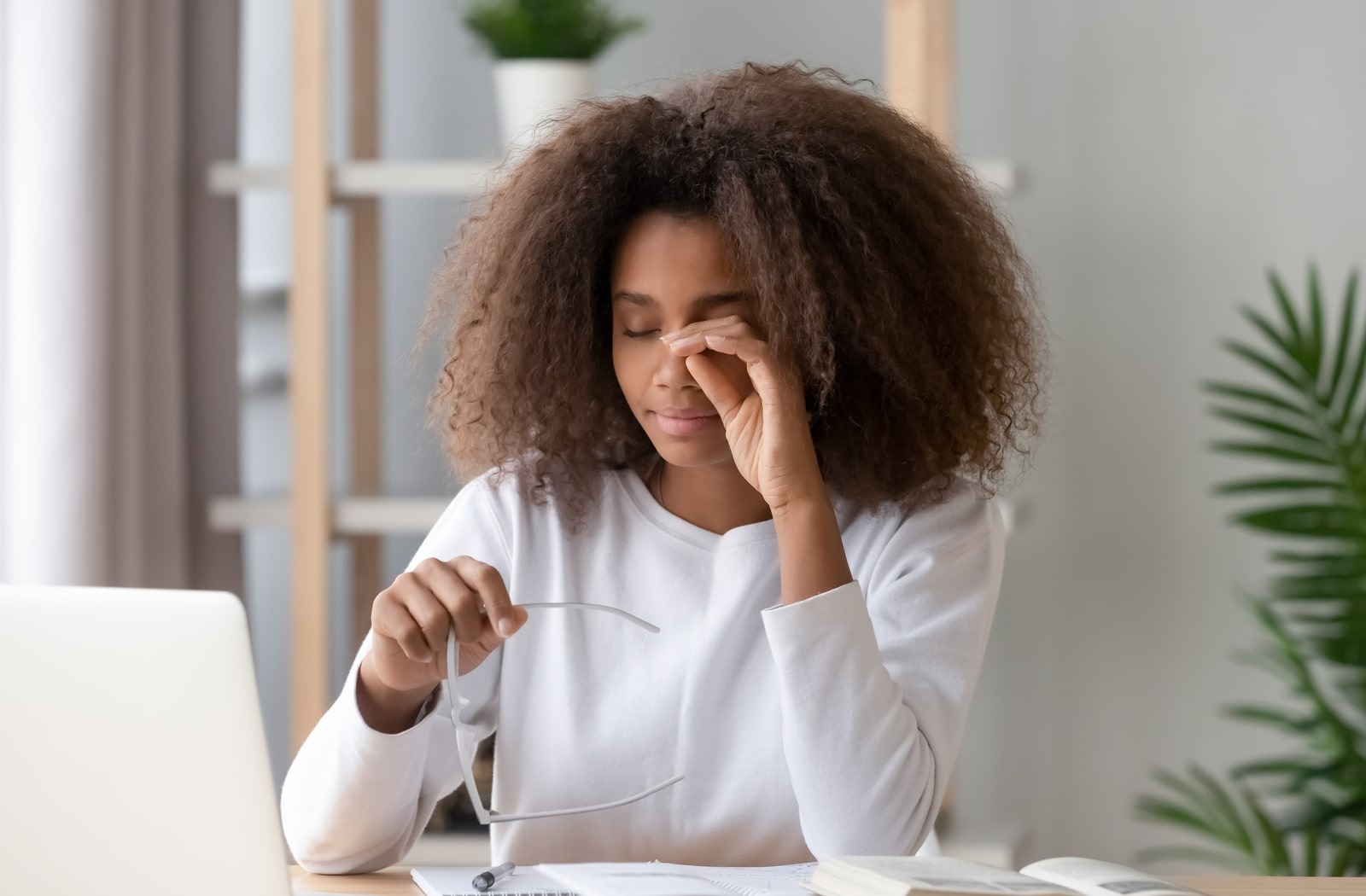iLux is a handheld device that uses heat and gentle, massaging pressure to melt blockages in your meibomian glands and encourage oils to flow more freely to your tear film. It’s one of the treatments we offer for dry eye therapy.
The iLux system is intended to address one of the most common causes of dry eye disease: meibomian gland dysfunction, but before you get started with it, it’s important to confirm that it’s the right option for you.
Everyone is different, so there is no “one-size-fits-all” approach to treating dry eye. When you visit us at Specialty Eye, we use our experience and expertise in dry eye treatment to assess your symptoms and eyes before making personalized recommendations for treatments that can help you see comfortably.
How Does iLux Work?
Dry eye treatments with iLux are generally quick. The entire treatment only takes between 8 to 12 minutes to complete with no downtime—you can get back to your day immediately after your treatment.
Here’s what you can expect during an iLux session:
We will gently place your eyelid in between the soft treatment pads of the iLux device.
The device will then apply heat using light and gentle pressure from the pads to help loosen blockages in your tear glands. We can adjust the heat and pressure depending on your needs and comfort.
We may recommend multiple treatment sessions over the course of a few months to address more severe dry eye symptoms. But, many of our patients start to experience some relief within 1 month.
We may also recommend additional treatment strategies based on your symptoms, including prescription medication, over-the-counter eye drops, or other in-office treatments.



